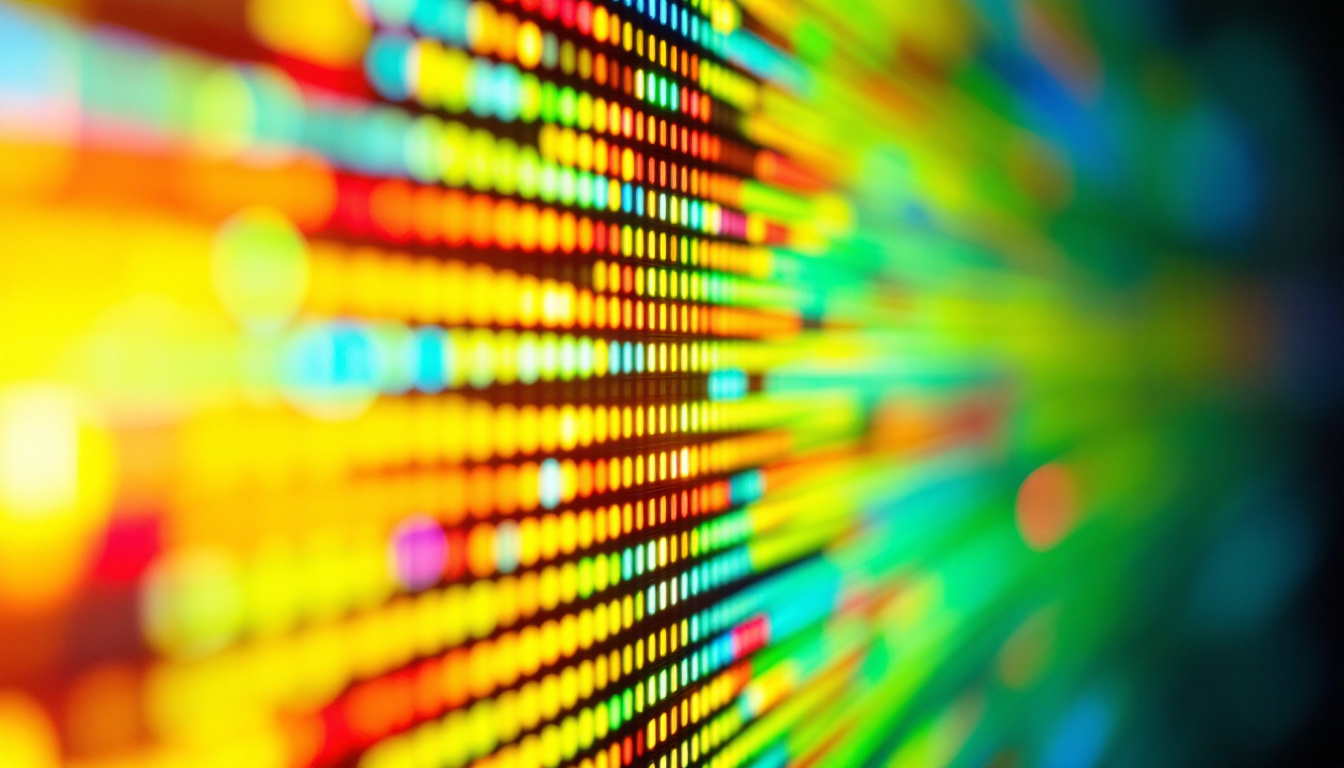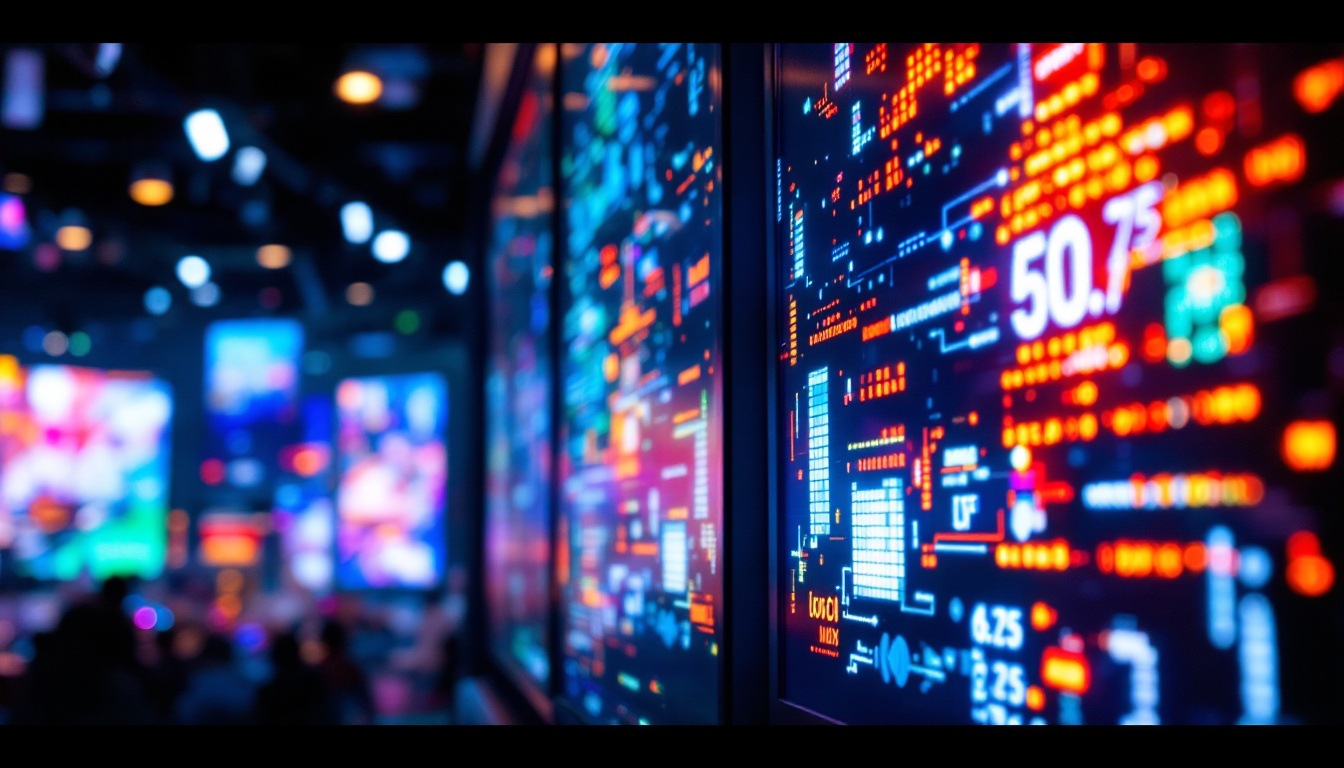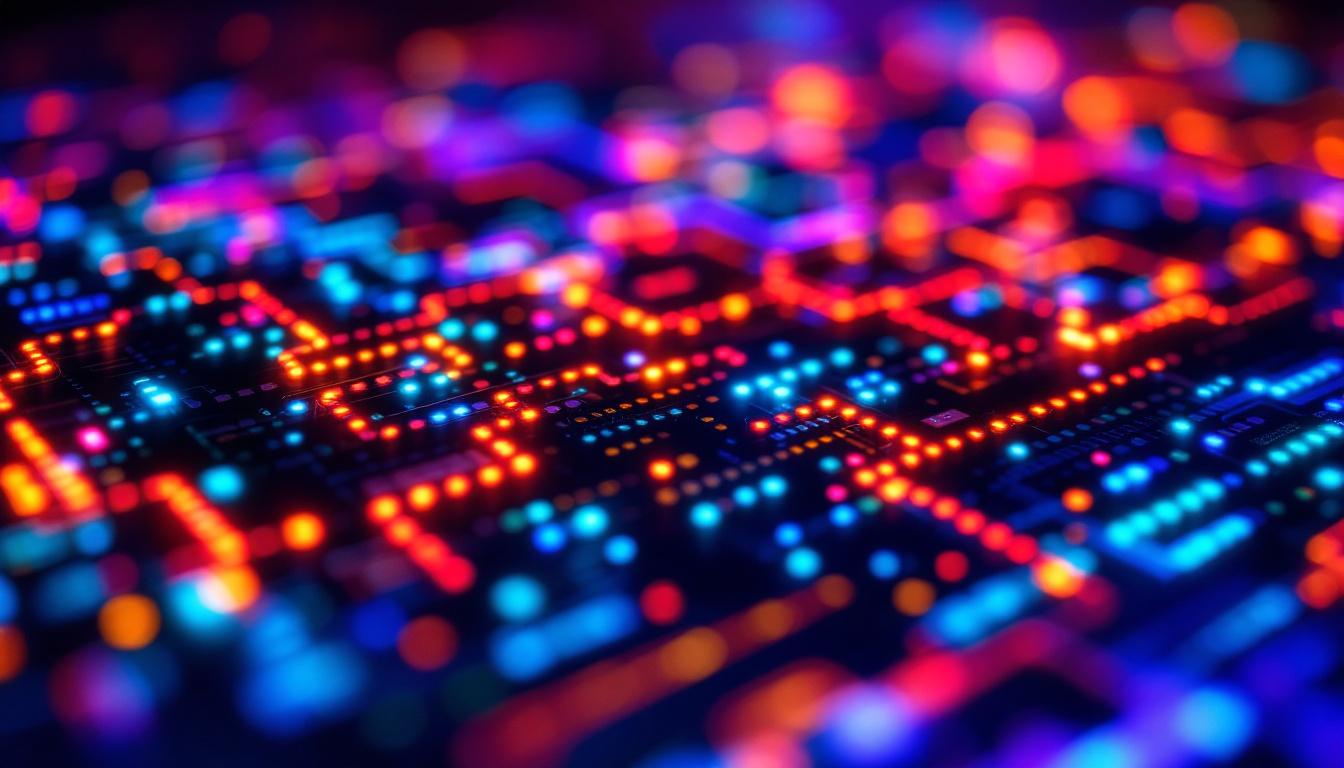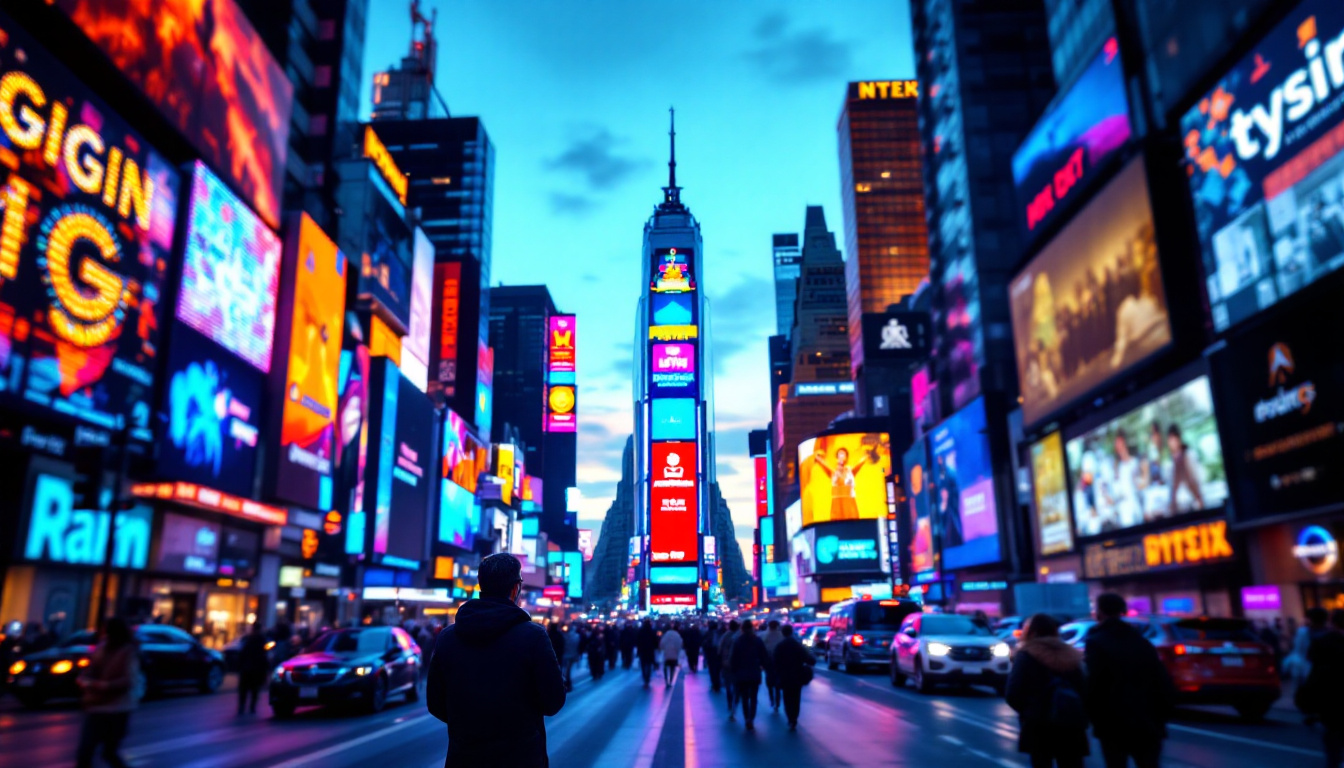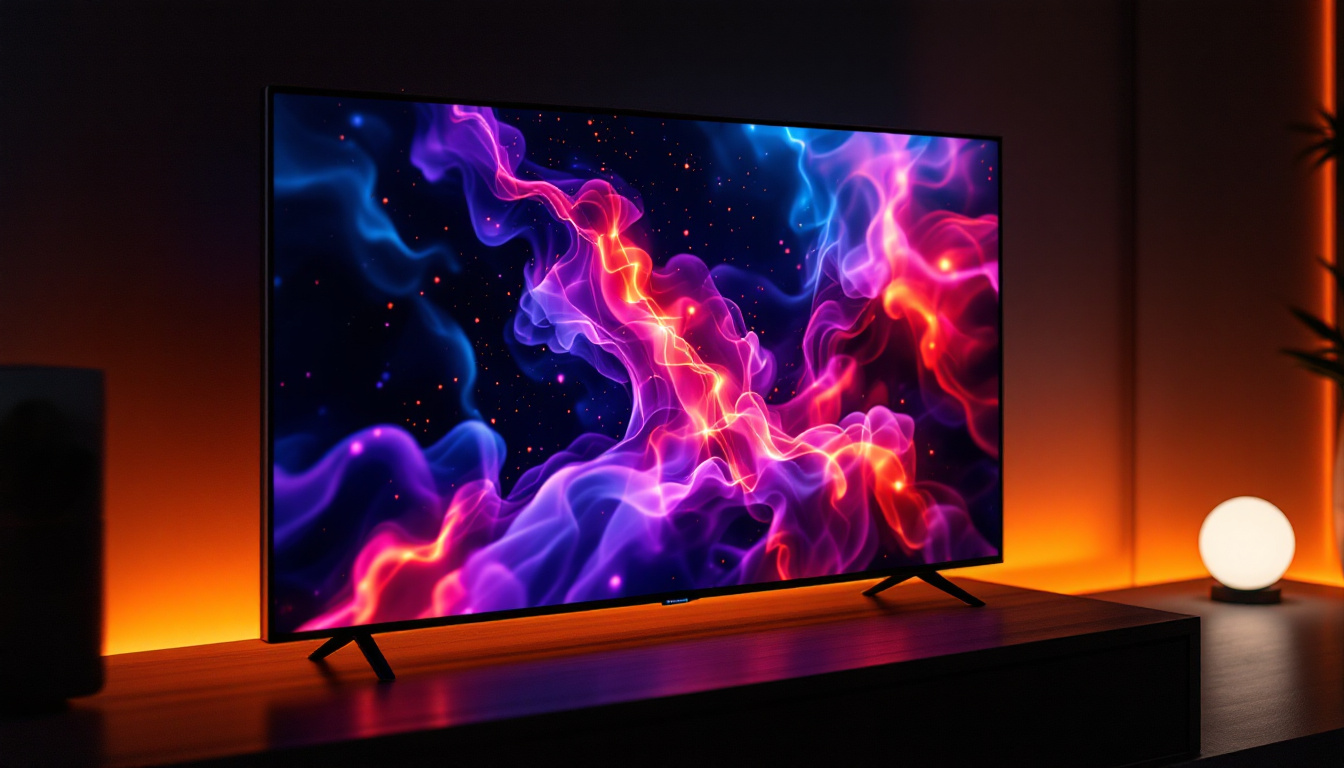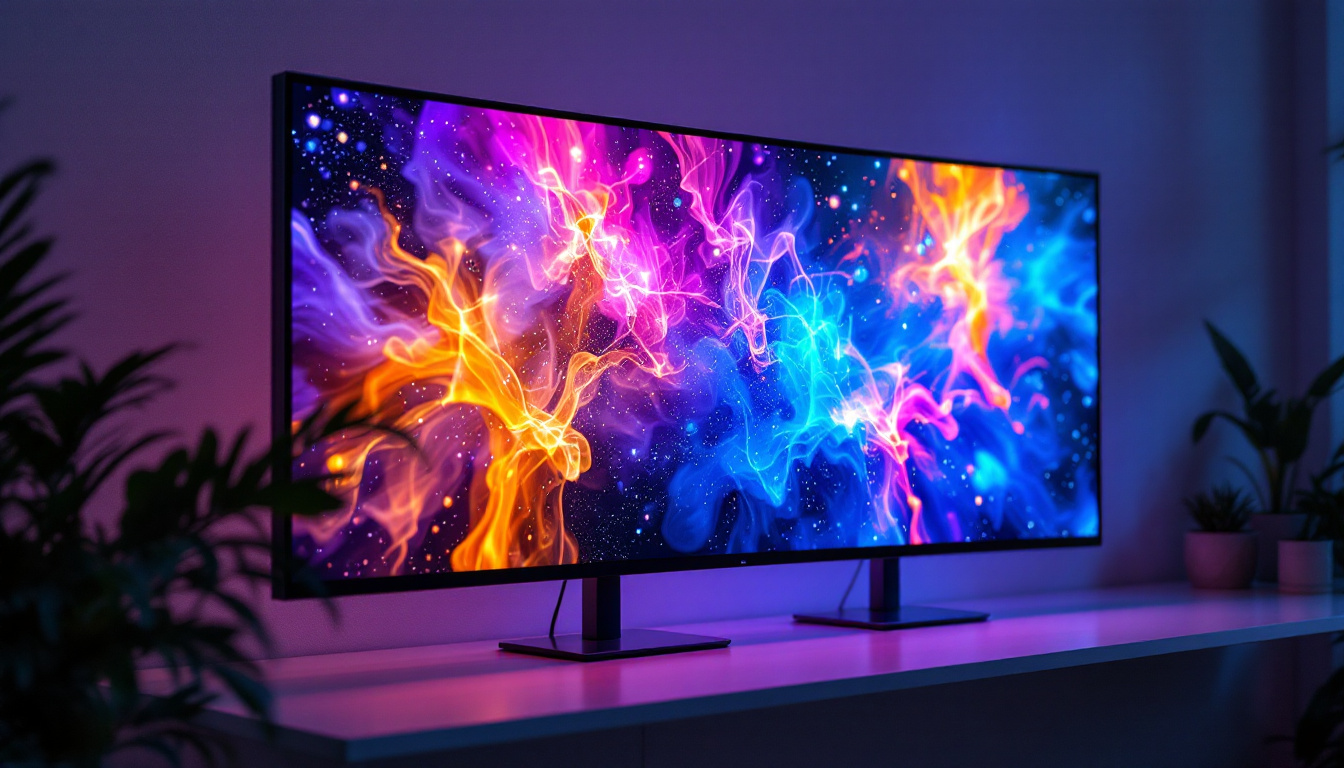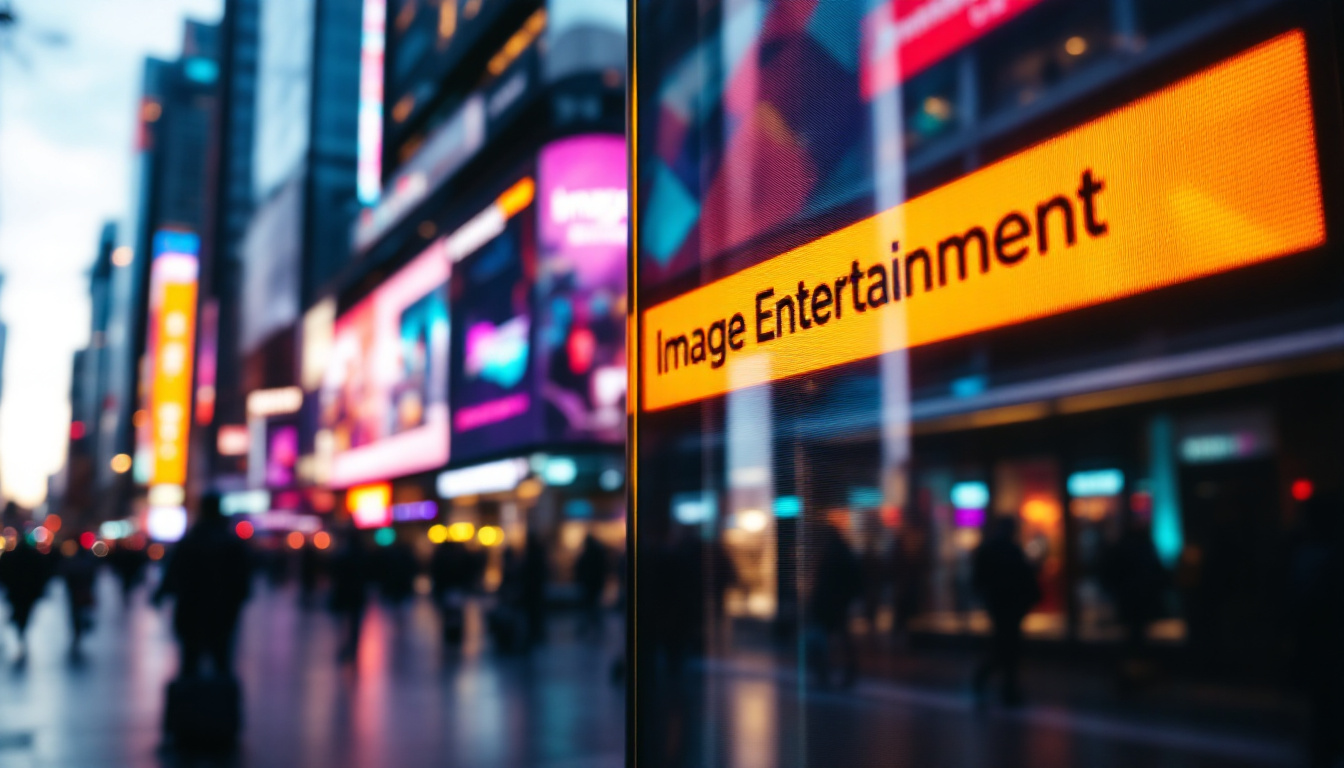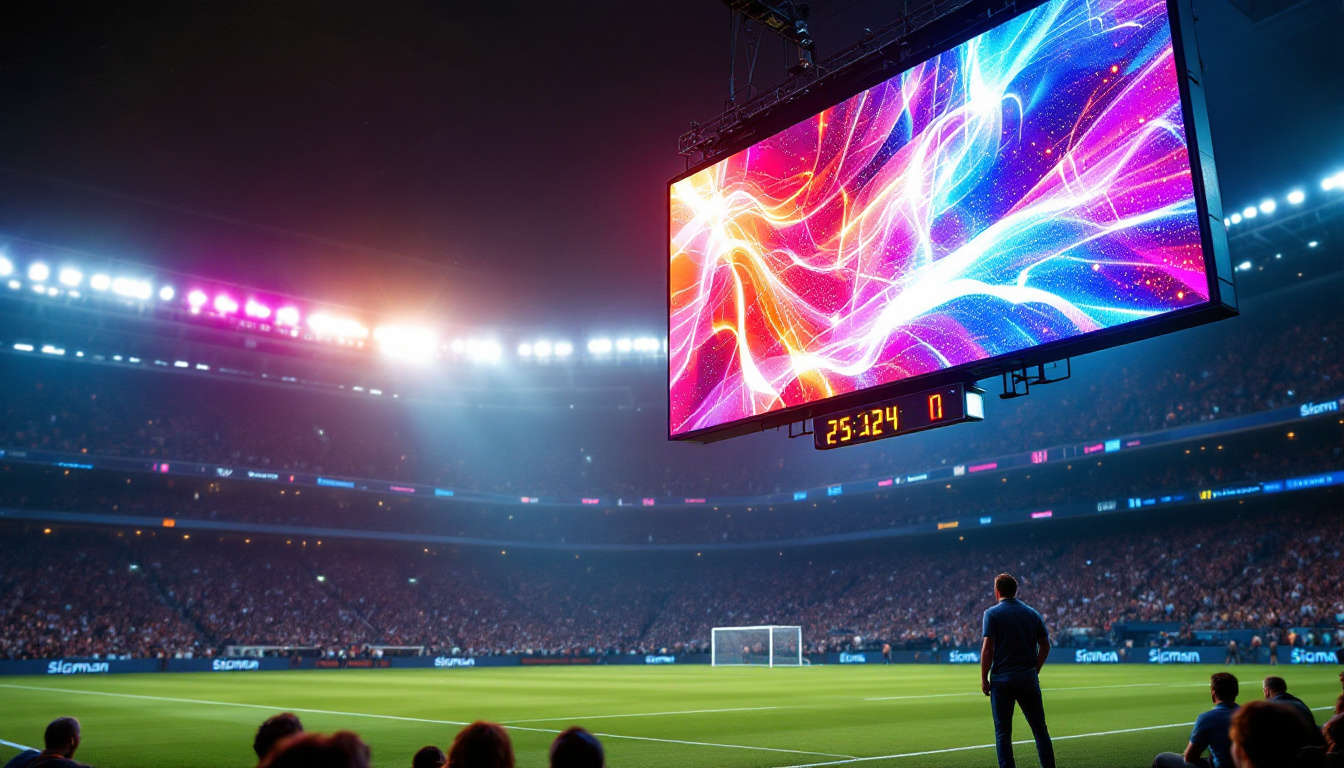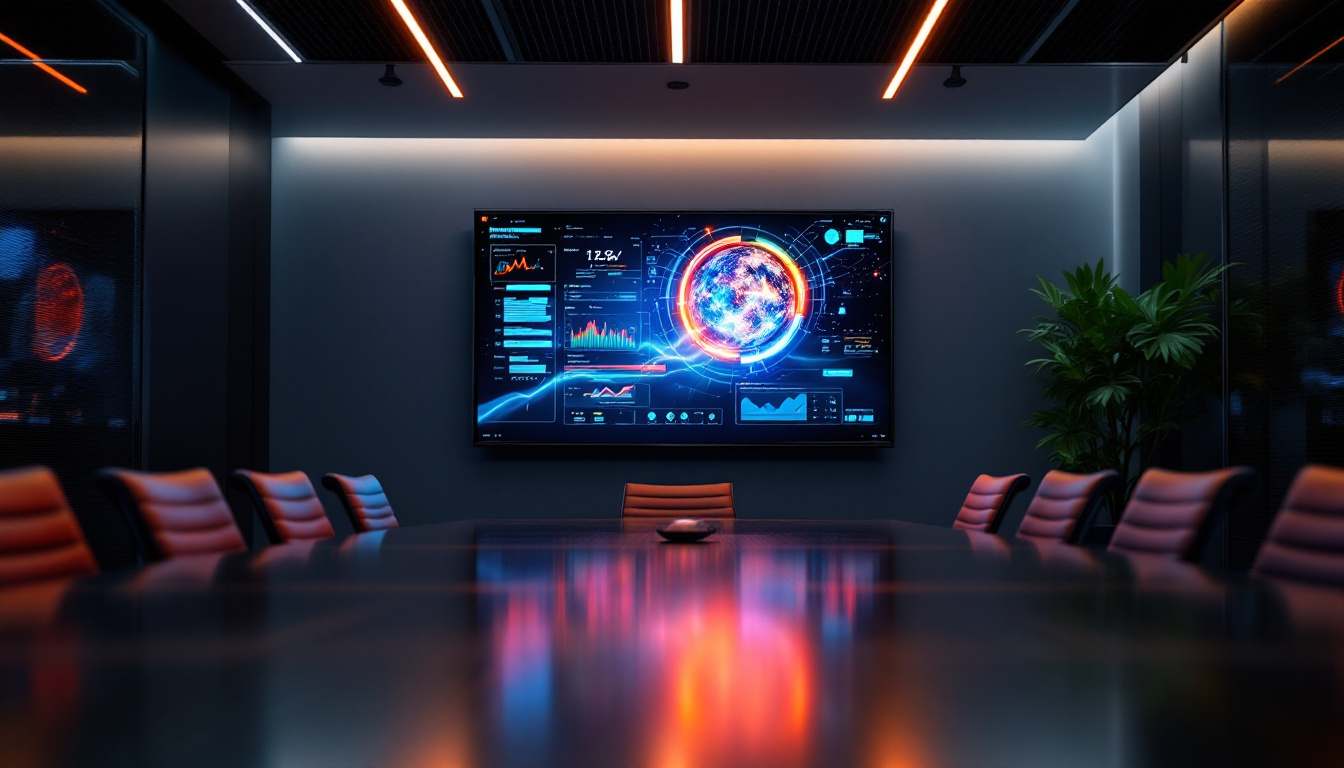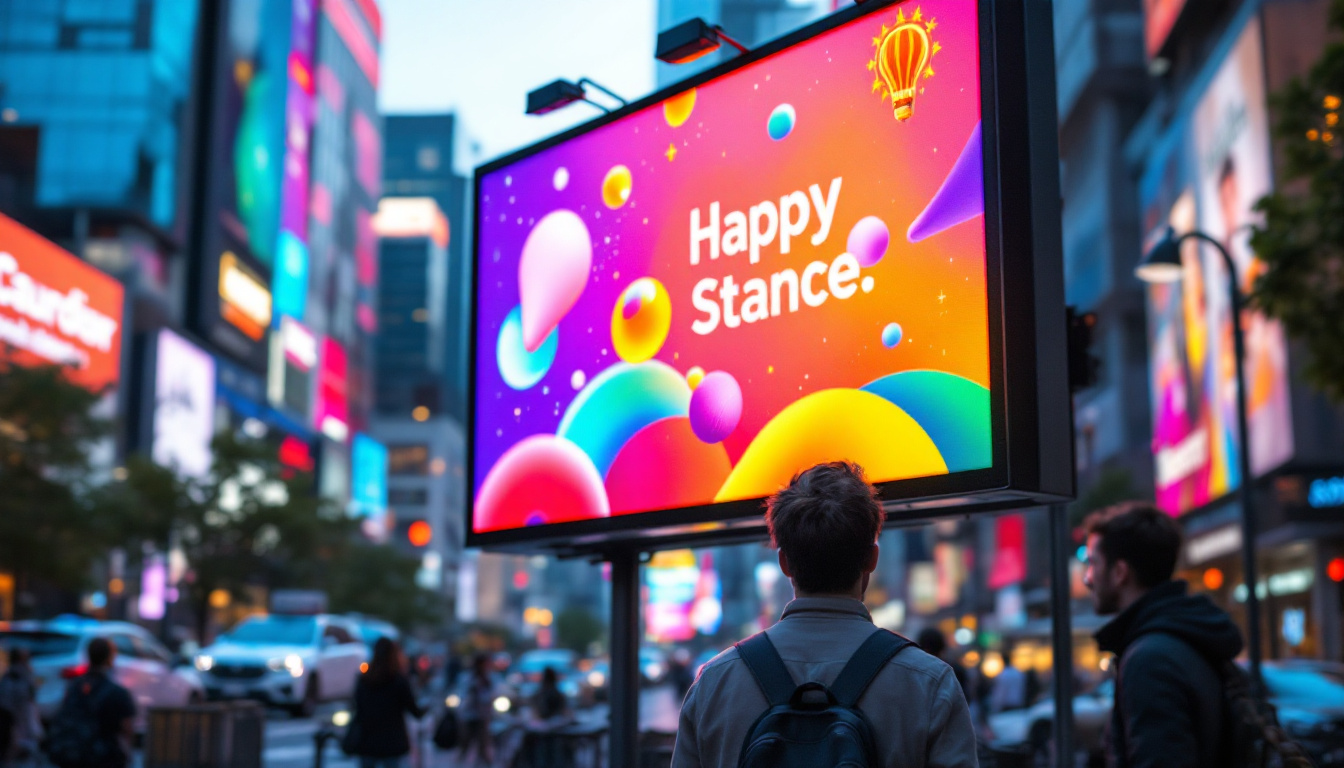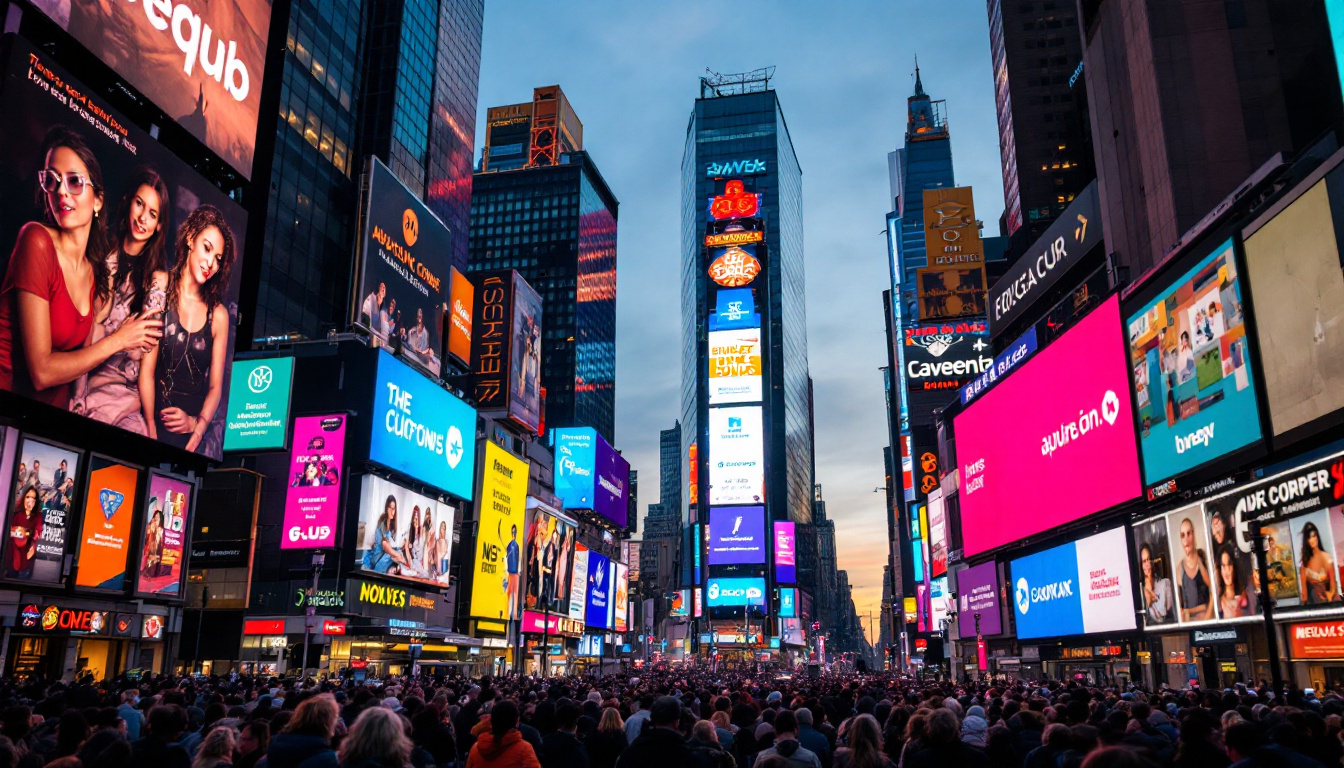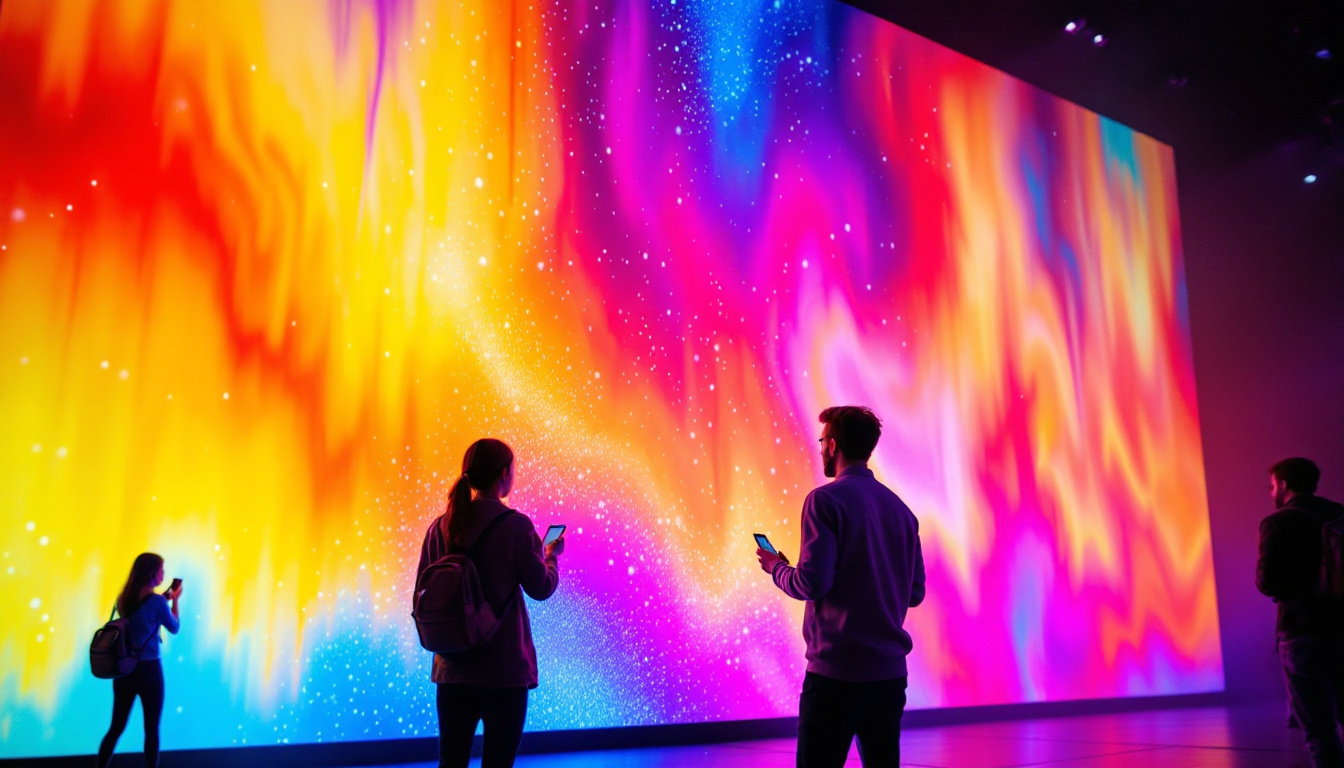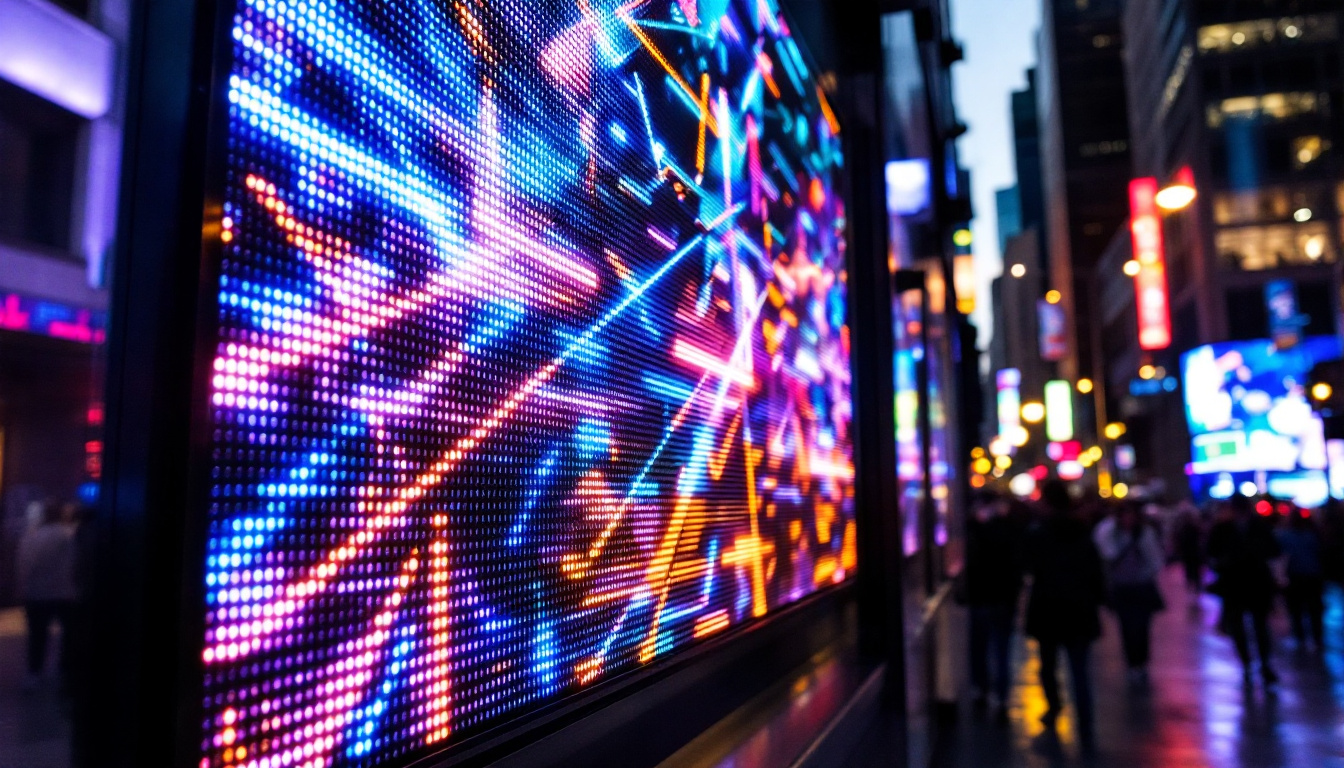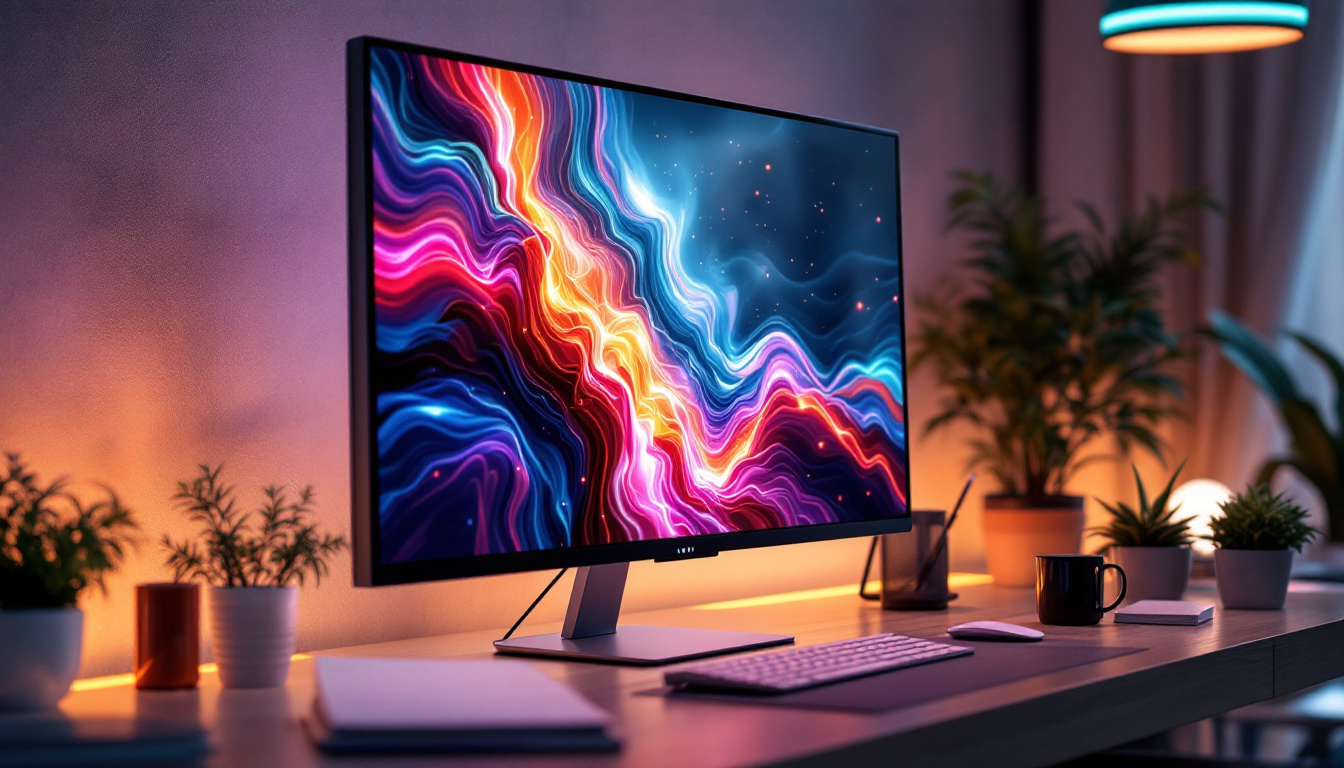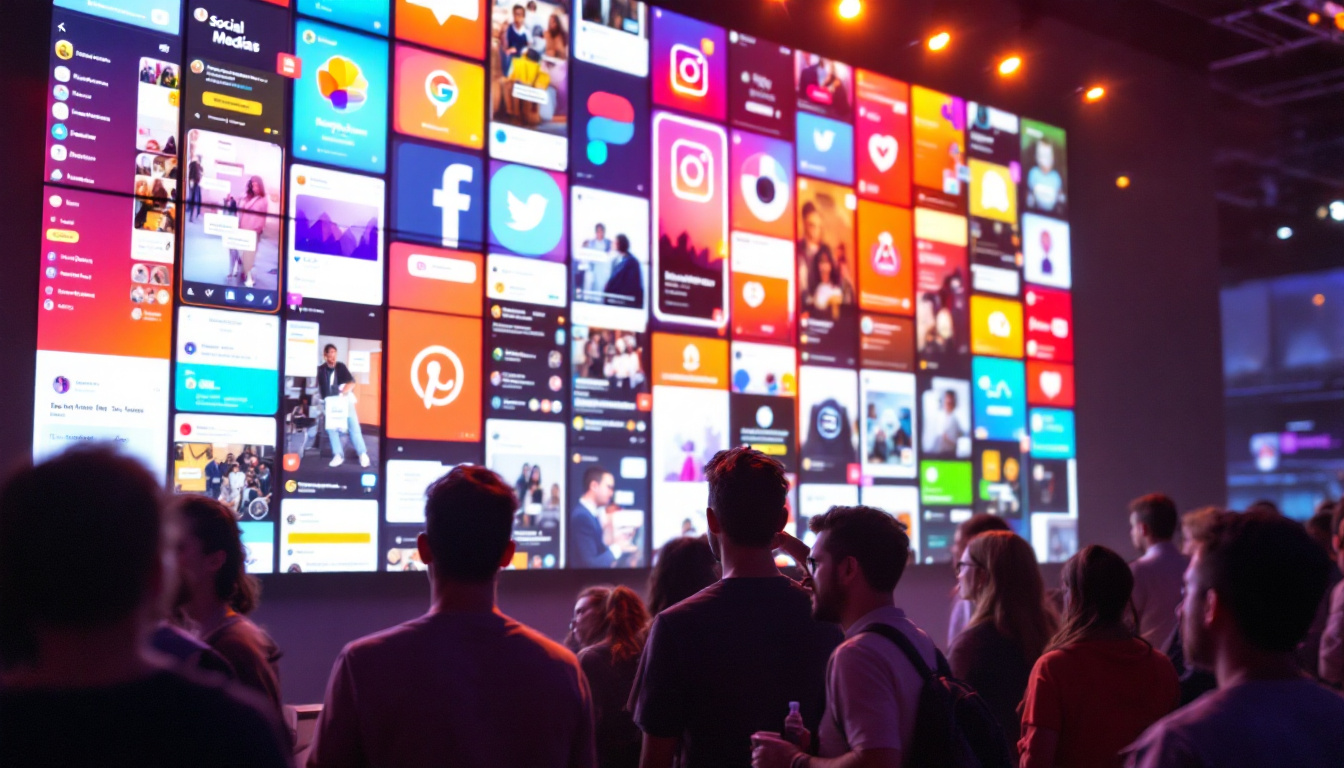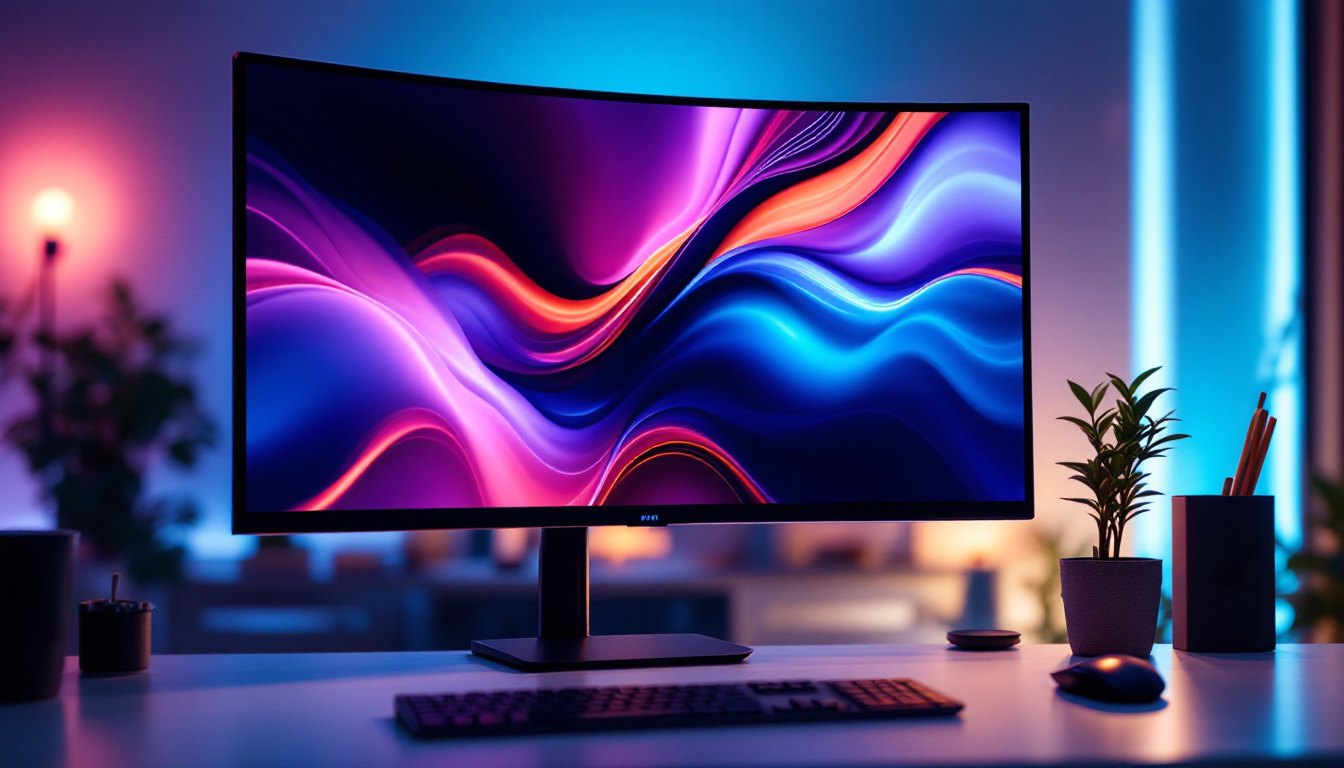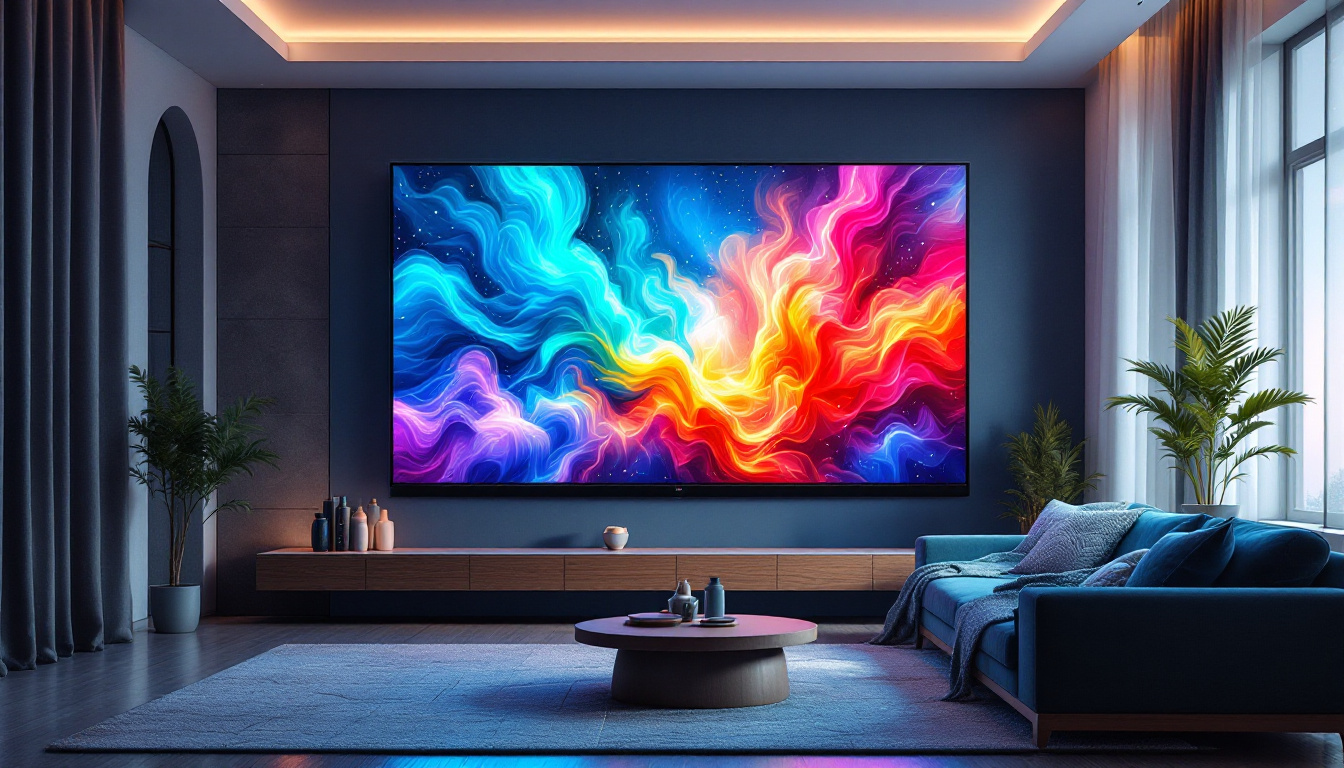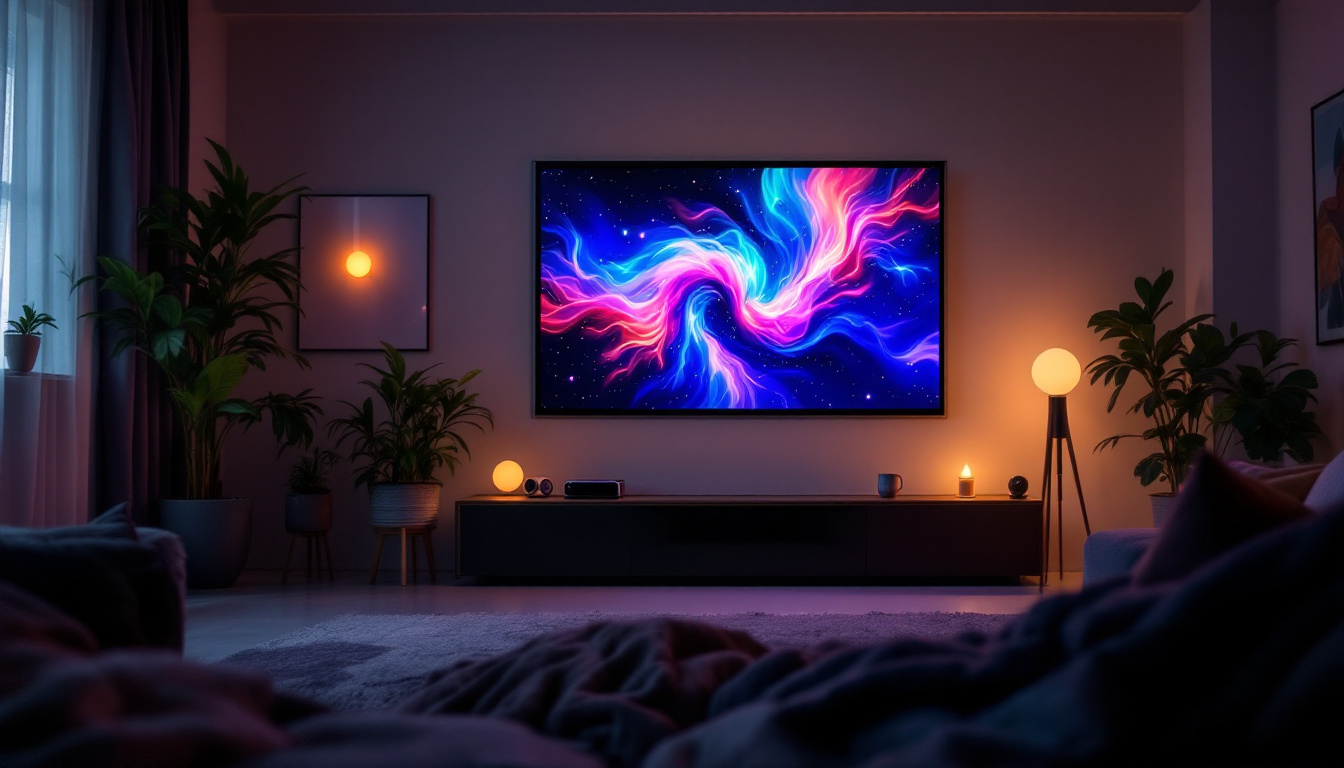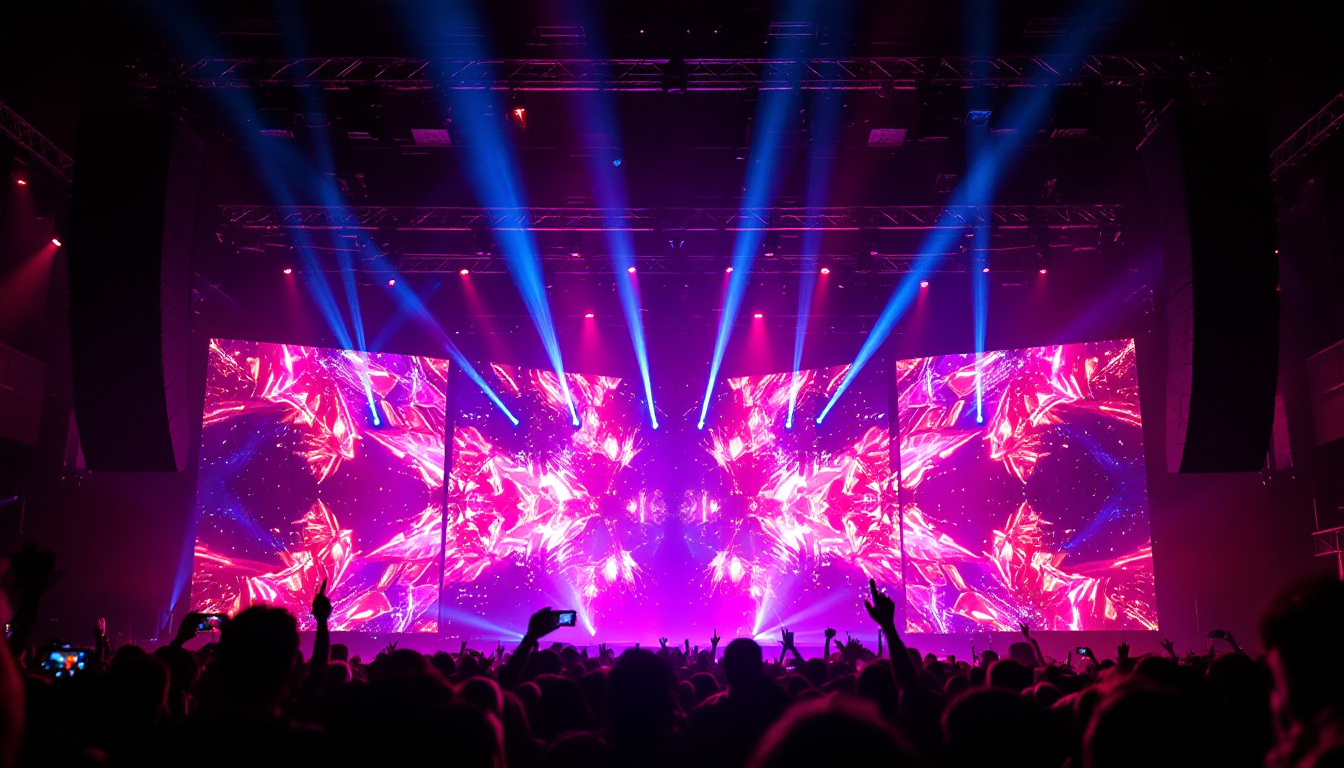Understanding the intricacies of LED displays can be a daunting task, especially when it comes to the relationship between pixels (px) and millimeters (mm). This article aims to demystify this relationship, providing insights into how pixel density, resolution, and physical dimensions affect the performance and visual quality of LED displays.
What is an LED Display?
LED displays are a type of flat panel display that uses light-emitting diodes (LEDs) as a source of illumination. They are widely used in various applications, from televisions and computer monitors to large outdoor screens and digital billboards. The technology behind LED displays allows for vibrant colors, high contrast ratios, and energy efficiency, making them a popular choice in both consumer and commercial markets. The versatility of LED displays has led to their adoption in innovative ways, such as in art installations and interactive displays, demonstrating their ability to blend functionality with creativity.
Types of LED Displays
There are several types of LED displays, each designed for specific applications. The most common types include:
- Direct View LED: These displays consist of individual LED modules that create images directly. They are commonly used in large outdoor displays due to their high brightness and visibility. Their robust construction also makes them resistant to weather conditions, ensuring that they perform well in various environments.
- LED-backlit LCD: These displays use LEDs to illuminate an LCD panel. They offer improved brightness and color accuracy compared to traditional LCDs. This technology is particularly beneficial for applications requiring precise color representation, such as graphic design and photography.
- Organic LED (OLED): OLED displays utilize organic compounds that emit light when an electric current is applied. They provide superior color reproduction and contrast ratios. Furthermore, OLED technology allows for thinner and more flexible displays, paving the way for innovative designs in smartphones and wearable devices.
How LED Displays Work
LED displays operate by combining red, green, and blue (RGB) LEDs to create a full spectrum of colors. Each pixel on the display is made up of these three colored LEDs. By adjusting the intensity of each LED, a wide range of colors can be produced. This process is known as additive color mixing.
In terms of resolution, the number of pixels in a display directly affects the clarity and detail of the images produced. Higher resolutions mean more pixels, which can lead to sharper images, especially on larger screens. Additionally, advancements in pixel density, such as those seen in 4K and 8K displays, have significantly enhanced the viewing experience, making it possible to see intricate details that were previously lost in lower-resolution displays.
Moreover, LED displays are not only about visual appeal; they also incorporate smart technology for enhanced interactivity. Many modern LED displays are equipped with touch-sensitive surfaces or can be integrated with sensors to respond to viewer engagement. This capability opens up a realm of possibilities for advertising, education, and entertainment, allowing for dynamic content that can adapt to the audience’s preferences and behaviors.
Understanding Pixels and Millimeters
The relationship between pixels and millimeters is crucial for understanding display specifications. Pixels are the smallest unit of a digital image, while millimeters are a unit of measurement in the physical world. When discussing LED displays, the pixel pitch (the distance from the center of one pixel to the center of an adjacent pixel) is often measured in millimeters.
Pixel Pitch Explained
Pixel pitch is a critical parameter in LED display technology. It determines how closely pixels are packed together, affecting both the display’s resolution and viewing distance. A smaller pixel pitch means that pixels are closer together, resulting in higher resolution and better image quality, particularly at close viewing distances.
For example, a display with a pixel pitch of 1.5 mm will have a higher pixel density than one with a pixel pitch of 3 mm. This means that the 1.5 mm display can produce sharper images and finer details, making it suitable for applications where viewers are closer to the screen.
Calculating Pixel Density
Pixel density is typically measured in pixels per inch (PPI). To calculate the PPI of an LED display, the following formula can be used:
PPI = √((Width in pixels)² + (Height in pixels)²) / Diagonal size in inchesUnderstanding pixel density is essential for determining how a display will perform in different environments. High pixel density is particularly important for applications like digital signage in retail spaces, where customers may be viewing the display from various distances.
The Importance of Resolution
Resolution is a term that refers to the number of pixels that make up an image on a display. It is typically expressed as width x height (e.g., 1920 x 1080). Higher resolutions provide more detail, which is especially important for larger displays.
Common Resolutions for LED Displays
LED displays come in various resolutions, and the choice of resolution depends on the intended use. Some common resolutions include:
- HD (1280 x 720): Often used in smaller displays and budget-friendly options.
- Full HD (1920 x 1080): A standard resolution for many consumer displays, providing a good balance between quality and cost.
- 4K (3840 x 2160): Increasingly popular for larger displays, offering four times the resolution of Full HD.
Impact of Resolution on Viewing Experience
The resolution of an LED display significantly impacts the viewing experience. Higher resolutions allow for more detailed images, which can enhance the overall aesthetic appeal. This is particularly important in environments such as galleries, theaters, and conference rooms, where visual quality is paramount.
Moreover, the resolution affects how far away viewers can be while still enjoying a clear image. For instance, a 4K display can maintain image clarity at greater distances compared to a 1080p display, making it ideal for large venues.
Factors Affecting Display Performance
Several factors influence the performance of LED displays, including brightness, contrast ratio, and color accuracy. Understanding these elements is essential for selecting the right display for specific applications.
Brightness
Brightness is measured in nits and indicates how much light a display emits. Higher brightness levels are essential for outdoor displays, where ambient light can wash out images. For indoor displays, lower brightness levels may suffice, but it is still crucial to ensure that the display is bright enough for the intended environment.
Contrast Ratio
The contrast ratio is the difference between the brightest white and the darkest black a display can produce. A higher contrast ratio results in more vivid images and better overall picture quality. This is particularly important for displays used in dark environments, where a high contrast ratio can significantly enhance the viewing experience.
Color Accuracy
Color accuracy refers to how closely the colors displayed match the original source. Displays with high color accuracy are essential for applications such as graphic design, video editing, and photography, where precise color reproduction is critical.
Choosing the Right LED Display
Selecting the right LED display involves considering various factors, including pixel pitch, resolution, brightness, and intended use. Each application may require different specifications to achieve optimal performance.
Applications of LED Displays
LED displays are versatile and can be used in numerous applications, including:
- Advertising: Large outdoor LED screens are commonly used for advertising due to their visibility and ability to attract attention.
- Events: LED displays are often utilized in concerts, conferences, and sporting events to provide dynamic visuals and information.
- Retail: In retail environments, LED displays can enhance customer engagement and showcase products effectively.
Considerations for Installation
When installing an LED display, several factors must be taken into account, including the location, viewing distance, and environmental conditions. For outdoor displays, weather resistance and brightness are critical considerations, while indoor displays may focus more on resolution and color accuracy.
Additionally, the mounting method and power supply requirements must be planned carefully to ensure a successful installation. Consulting with professionals experienced in LED display installations can help streamline this process.
Future Trends in LED Display Technology
The LED display industry is continually evolving, with advancements in technology leading to new possibilities and applications. Some emerging trends include:
MicroLED Technology
MicroLED technology is gaining traction as a potential successor to traditional LED displays. MicroLEDs are tiny, self-emissive LEDs that can create high-resolution displays with improved brightness and color accuracy. This technology promises to deliver even better performance for both consumer and commercial applications.
Flexible Displays
Flexible LED displays are becoming increasingly popular, allowing for creative and innovative designs. These displays can be bent or shaped to fit various environments, opening up new possibilities for advertising and art installations.
Integration with Smart Technology
The integration of LED displays with smart technology is another trend to watch. Smart displays can connect to the internet, allowing for real-time updates, remote management, and interactive features. This capability enhances the user experience and provides new opportunities for engagement.
Conclusion
Understanding the relationship between pixels and millimeters is essential for anyone involved in the selection, installation, or use of LED displays. By considering factors such as pixel pitch, resolution, brightness, and intended applications, users can make informed decisions that enhance their visual experiences.
As technology continues to evolve, staying informed about the latest trends and advancements in LED displays will ensure that users can leverage the best available options for their specific needs. Whether for advertising, events, or retail, the right LED display can make a significant impact on engagement and communication.
Discover LumenMatrix’s Advanced LED Solutions
Ready to elevate your visual experience with the latest in LED display technology? LumenMatrix is at the forefront of innovation, offering a diverse range of LED display solutions tailored to your unique needs. From captivating Indoor LED Walls to dynamic Outdoor LED Displays, and from versatile Vehicle LED Displays to engaging LED Sports Displays, our products are designed to revolutionize visual communication. Embrace the power of cutting-edge digital signage with LumenMatrix and transform how you share your message. Check out LumenMatrix LED Display Solutions today and see your vision come to life with unparalleled clarity and impact.

